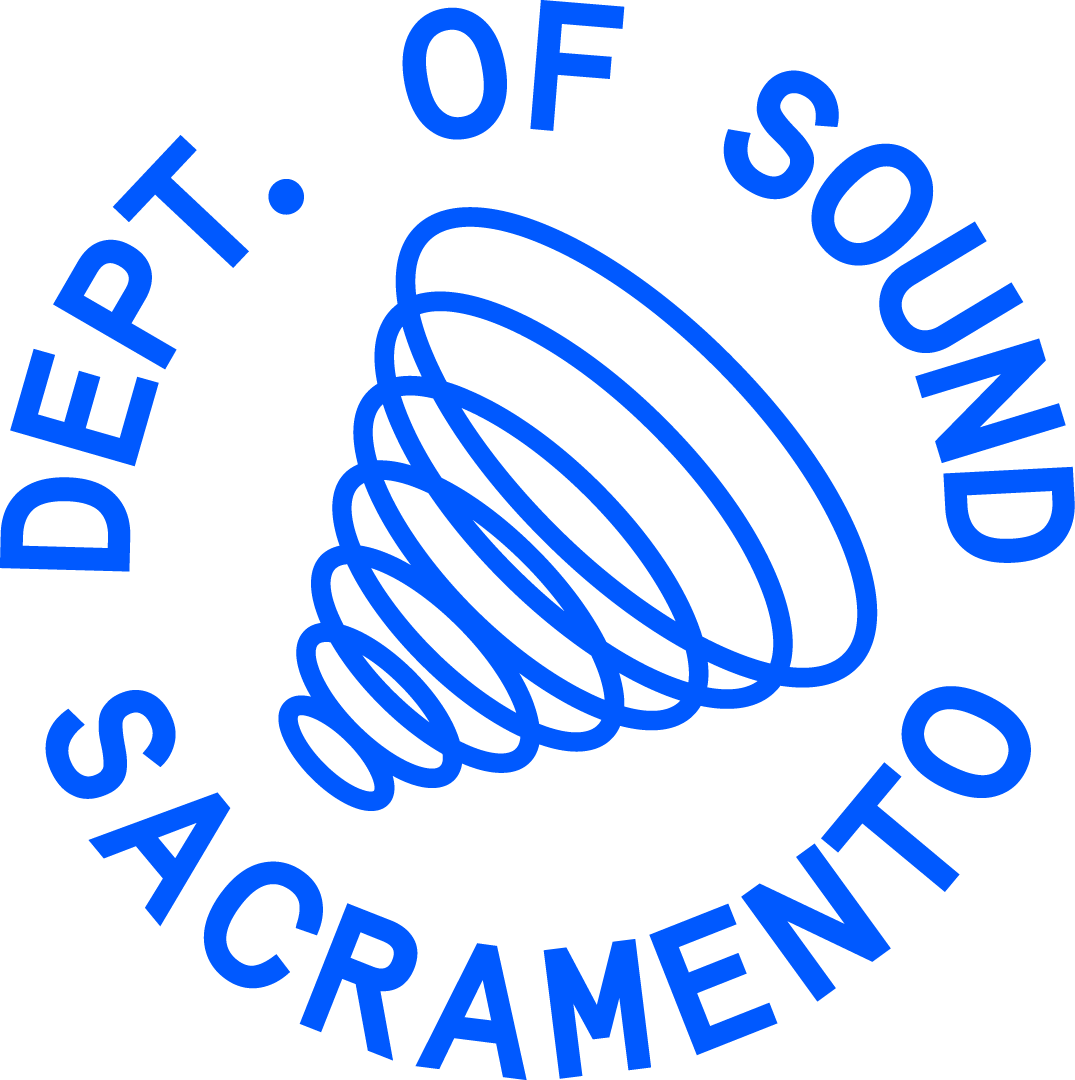Arts Education is Essential
Arts education has been hit hard during our COVID-19 world as it so often involves tactical interactions with sound and instruments. Nonetheless, we must remember its essential role in a student’s education and its vitality more than ever in the remote or hybrid classrooms. Art education will help us get through to all students, including those underrepresented, with special needs, and from low-income families during these tumultuous times.
Arts education supports the social and emotional well-being of students
The arts foster social interaction which is more pertinent than ever now. Through collaborative work and team-building exercises, students can collectively feel a sense of community. The element of connectedness with the arts is unlike any other subject in the k-12 curriculum and can help students re-ignite skills in problem-solving, leadership, and other social skills. The arts also provide students a self-reflection of their creativity and ways to utilize communication.
Offers a safe and positive space for self-expression
The art department works diligently with students and teachers to ensure a healthy environment for students to feel at ease. Through a rich partnership with art educators, artists, and community providers, the art space offers sustainable community and cultural connections for students to explore. Alongside a safe space, students feel more confident in their accomplishments and are more willing to challenge themselves.
Arts education is a well-rounded program understood and supported by state and federal policymakers
The ESSA (Every Student Succeeds Act) has stated that “music and the arts” are part of a well-rounded education. Not only does it help with motor skills and the fostering of creativity, but it also meets at the intersection of other subjects like math, science, reading, and writing. With its non-traditional approaches to the subjects, students reinvoke a passion to learn under notions of inspiration and growth. At the state level, forty-six states require an art credit in order for high school graduation. Further, forty-three states require an art curriculum in elementary and secondary schools.
The arts have been a unifying element during the pandemic. Through song, dance, visual arts, the world can be reminded of the simplest joys in life and use them as a means of social connection. As students and schools continue to work diligently to find creative approaches to remote/hybrid learning, it is quintessential that the arts not be minimized. Students, educators, and policymakers recognize the social and emotional significance of the arts and its shaping of well-rounded students.
Source: “Arts Education Is Essential,” National Association for Music Education (NAfME)
